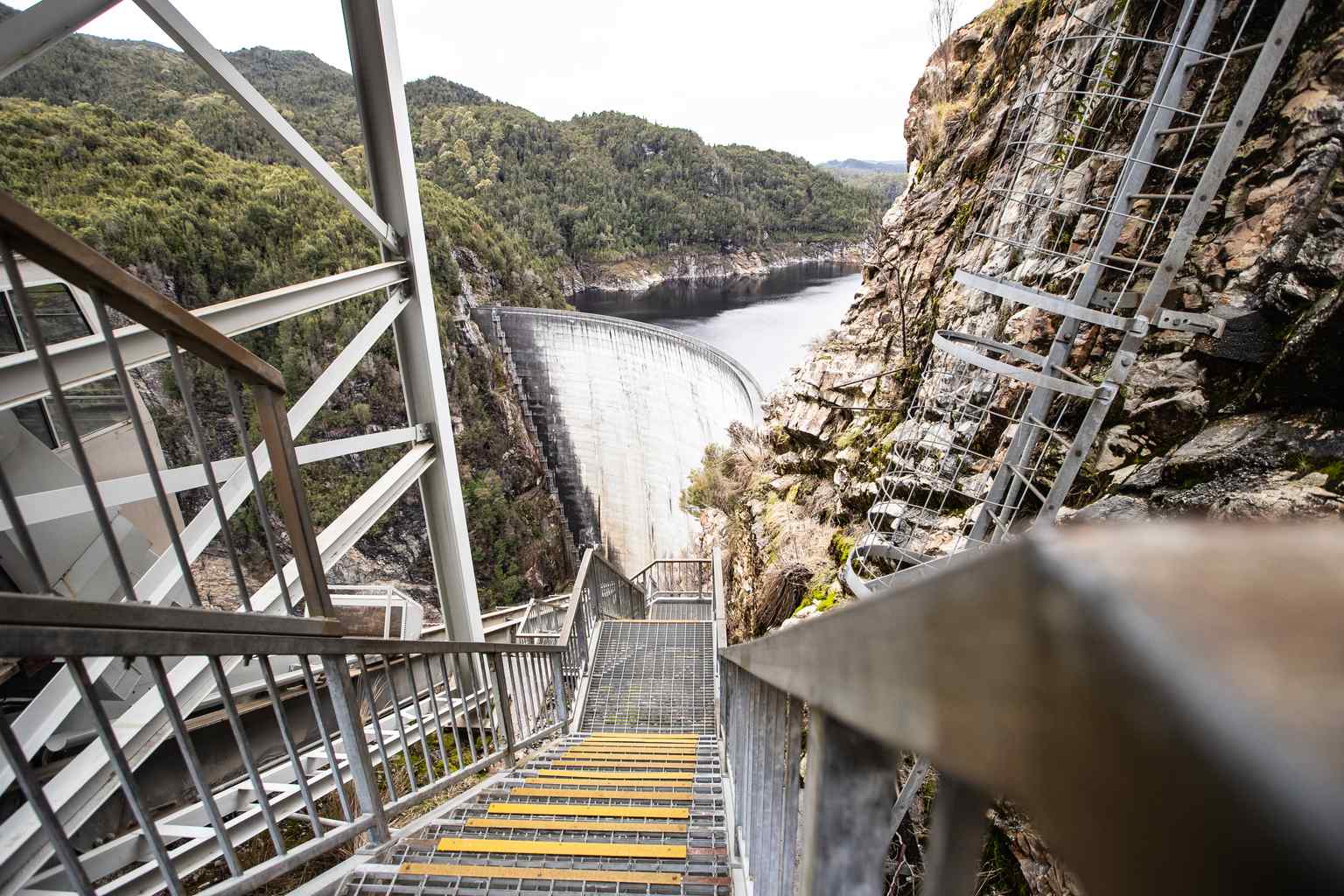Tasmanian households will receive a $60 credit on their energy bills as part of this year’s Renewable Energy Dividend, providing relief ahead of a scheduled price increase in July.
Premier Jeremy Rockliff announced the payment, funded through dividends from Hydro, has already begun reaching customers from May 1.
“When Hydro makes money, Tasmanians save money, and we are pleased to deliver further bill relief to all households this year so they can heat more and pay less as they head into the colder months,” Rockliff said.
The dividend comes as the Tasmanian Economic Regulator approved a 2.13% increase in electricity prices from July, which will add approximately $49 annually to the average household power bill.

The upcoming July price increase primarily reflects higher network costs, though the approved rise is approximately half of the 4.08% originally proposed by Aurora Energy.
Small businesses will face varying impacts, with annual increases ranging between $11 and $159 depending on usage patterns and tariff plans.

Treasurer Guy Barnett said the new energy credit is important amid current economic pressures.
“We know the family budget has been stretched in recent years due to rising interest rates and supermarket prices, so every dollar counts,” Barnett said.
The dividend is part of broader government support measures, with concession customers set to receive up to $1,433 in electricity bill relief in 2024-25, representing 68% of their total median bill.
“For some concession customers with low usage, they will not pay an energy bill this financial year,” Barnett said.

Blackmans Bay pensioner Nicole Huizing said any bit of relief “always helps”.
“Groceries and everything are getting so expensive … That’s why I grow some of my own vegetables and stuff like that, so I can pay those bills,” she said.

She is welcoming the $60 credit as we come into winter.
“I’ve got heat pumps and so that all costs money … you try to not use it too much, so often you put, like, a thick cardigan on or something, so you don’t have to use that much power,” she said.
Despite the impeding rate increase, Tasmania’s electricity prices remain among the lowest in the National Electricity Market, with other states facing steeper increases between 2.5% and 8.9%.
Victoria is the exception with a more modest 0.7% rise.

The 2.13% price rise sits slightly above Hobart’s current inflation rate of 1.6%.
As part of regulatory changes, Aurora Energy will also introduce flat-rate tariff options for both residential and business customers, providing greater choice and flexibility.
Final prices will be confirmed by mid-June once wholesale electricity costs are locked in.






